Knitting taught me how to spot sumptuous knitwear 🧶
Learning to knit has made me a more discerning and appreciative customer
At the height of the pandemic, I taught myself to knit. I had long stretches of free time and an anxious mind that needed redirecting from the onslaught of bad news, and my friend, Alanna, had written the perfect book for the moment: Knit A Hat: A Beginner’s Guide to Knitting.
Everything about knitting was hard at first. The jargon was impenetrable, and there were so many ways to make mistakes before even getting to the actual knitting, from the needle length and size to the thickness of the yarn. I couldn’t hold my needles without clumsily dropping stitches, causing the whole garment to unravel, and I was reminded of the first time I tried using chopsticks and dropped several pieces of sushi directly into my lap. Meanwhile, deciphering patterns felt like being a college freshman and suffering through linear algebra again. The learning curve often felt insurmountable, but, every time I was able to solve a problem I was thrilled. The fun was in the act of making something, even if that something was a little lumpy and misshapen.
I’ve always had an eye for details, and because my day job requires hyper precision — down to the individual pixel, in fact — I’ve developed a reflexive instinct to scrutinize my work. This can be a real impediment when you’re learning something new and your ambitions are out of step with your skills. Somewhere along the way, though, I became a competent enough knitter that simply creating something wasn’t satisfying anymore. I didn’t want to make things for the sake of making things. I wanted to make things I could actually wear out in the world! No knots, bumps, or threads poking out. I wanted my garments to have a degree of polish that required a lot of patience and willingness to learn new (and much more complicated to me) techniques.
In my experience, the details that make a piece look wonky tend to emerge at the edges — the wrists, hem, neckline, and other moments of intersection (where a shoulder becomes a sleeve, for example). Oftentimes, a technique I used to fix sloppiness in one area would create a bunch of new issues, from the aesthetic (the ribbing pattern is inconsistent from one row to the next and looks askew) to the practical (the garment is too tight to get over my head and torso).
I would ask other knitters for troubleshooting help and get the very kind, yet dissatisfying, response that hand knit garments are meant to be a little wonky! And they should still be worn proudly! A lovely sentiment…that I just couldn’t subscribe to! So, it probably won’t surprise you to hear then that my fussiness1 was taking the fun out of what was supposed to be a craft I did to soothe my mind. I took a prolonged knitting break after I tried on my nearly completed Spektakelstrik Mood Sweater only to realize that the arms were, conservatively, 6 inches too long. (I still don’t know how this happened.) And even if I could fix the sleeves, I was completely stumped by the instructions for how to knit the yoke of the sweater.
But in the year since I took my extended knitting hiatus (never fully over though, more of an on-again-off-again situation), I’ve had a change of heart in how I view handmade objects. In a digital-first world, everything looks and feels increasingly cookie-cutter. Even the colorful “blobs” of five years ago — a response to the oppressive minimalism of all-white spaces — have an uncanny, machine-milled quality to them. Sure, they feature curved edges and wavy lines, but these “inconsistencies” are mass-produced, irregular in a perfectly uniform way. And as AI slop infiltrates every corner of our culture, I find myself feeling repelled whenever I can feel the presence of a computer smoothing out every “offensive” blemish.2
These AI abominations have little utility, and even less soul. It’s all so boring!!! I love things with little “imperfections” that show a human being was involved, especially when the end result is something a computer simply can’t replicate. In writing this, I revisited Alanna’s book and realized that she had already predicted the path I was going to go down and tried to gently preempt:
“The important thing is to start, even if it’s ugly, even if it’s hard. Even (especially) if you are the sort of person who is used to having everything exactly the way you want it, who worries that the world will end if one stitch is out of place.”
I look back at my Mood Sweater and can barely see the “mistakes” anymore, but what I can see is the care and labor that went into it. I didn’t become a high-precision knitter, but I did learn a lot about what goes into making a garment.
Now, when I’m shopping for myself, I can tell that my knitting knowledge has made me a more discerning and appreciative customer — because it took me (I’m not exaggerating) 30 hrs to finally get the hang of a tubular cast-on, which makes a really nice seamless ribbed hem (and I still routinely screw it up); because I’ve tried (and failed) to write intarsia charts; and because I can’t even begin to fully wrap my head around how you operate a knitting machine — I’d probably have better luck operating a submarine. I now know how much skill and labor goes into these pieces, and my hope is that I can teach you a little bit about it too!
What I’m about to share is by no means an exhaustive breakdown of the differences between various knitting methods — I couldn’t provide you with that even if I wanted to!3 Instead, I’m choosing to highlight the things that affect how I approach shopping for knitwear.
Hand knitting vs. machine knitting
Tension
Knitting tension (also known as gauge) is a way of describing how tightly or loosely an individual knits, which varies depending on an individual knitter’s technique. Not only is an individual knitter’s tension unlikely to be perfectly consistent from stitch to stitch, no two knitters’ tension will be exactly the same either. This means that even if two knitters follow the same pattern and use the same yarn and needles, the individual garments will have quirks unique to each knitter. Isn’t that kind of sweet?

Machine knitting, on the other hand, offers consistency because a machine has perfect, unwavering tension in the way a person simply can’t. This means that every stitch is identical, which gives the finished object a more uniform and polished look.
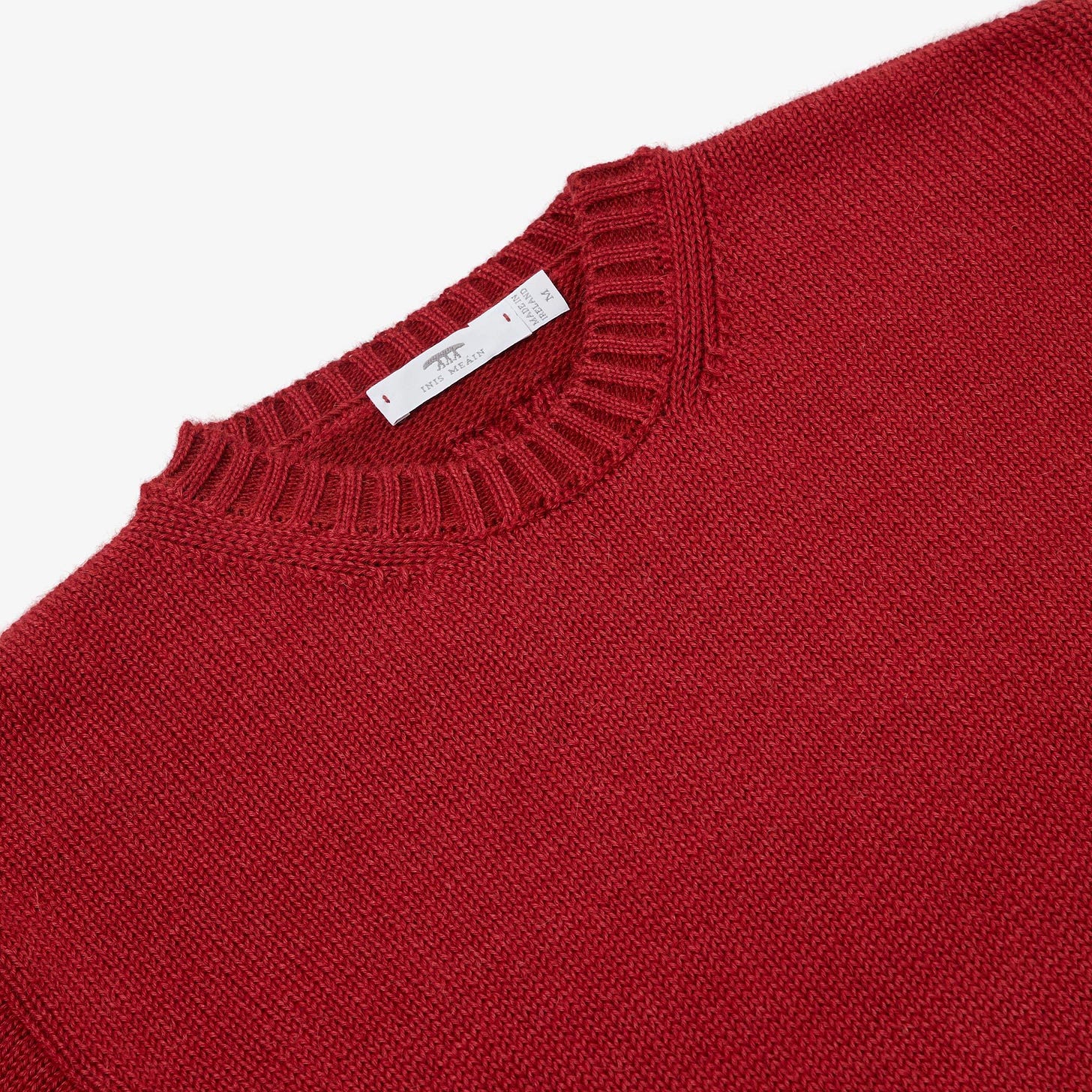
Weight
The moment you start to feel even the slightest chill in the air, you can be sure chatter around Billy Crystal’s sweater in When Harry Met Sally has begun, and all across platforms, people are lamenting the enshittification of sweaters.
I think what people are reacting to is a symptom of machine knitting. Generally speaking, machine knits are lighter than handknit garments because handknitting produces denser fabric. Now, you can certainly knit sweaters with cables on a machine, but that luxurious bulky knit look is far more likely to be produced by hand than on a machine.

Stitch patterns
In addition to cables, knitters can create other textured motifs through a wide array of stitch patterns. I’m painting with a very broad brush here — knitters, please forgive me in advance!!! — but, generally speaking, some patterns that are exceptionally easy for hand knitters to create are not easily reproduced on domestic knitting machines.
Knitting machines tend to excel at stockinette stitch (which I’m sure you’ll recognize as the column of “v’s” present in most knitted garments) and tuck/lace stitches. Garter, moss, and seed stitches are more difficult to replicate on knitting machines, especially if the pattern repeat in question is larger than, let’s say, 20 stitches.
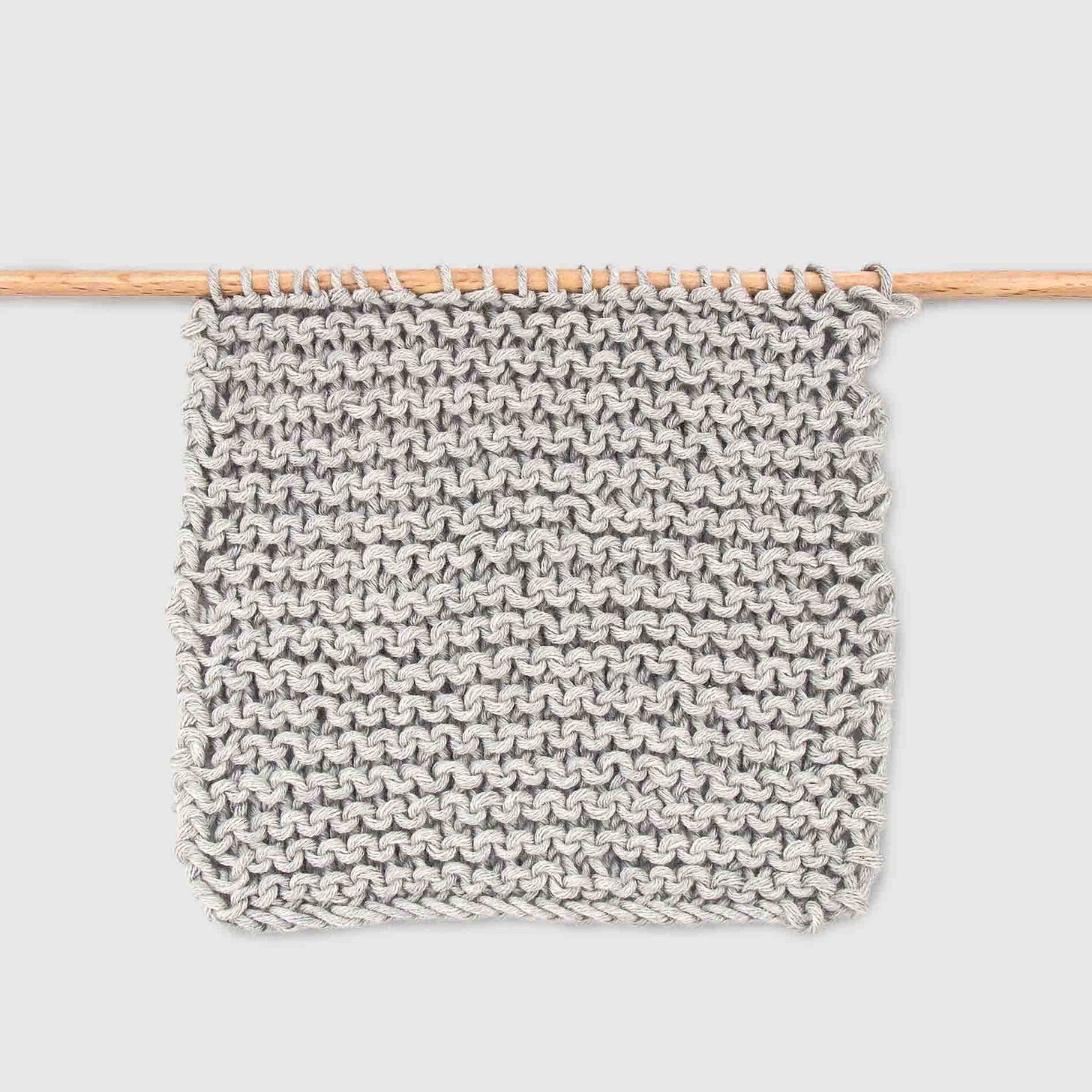
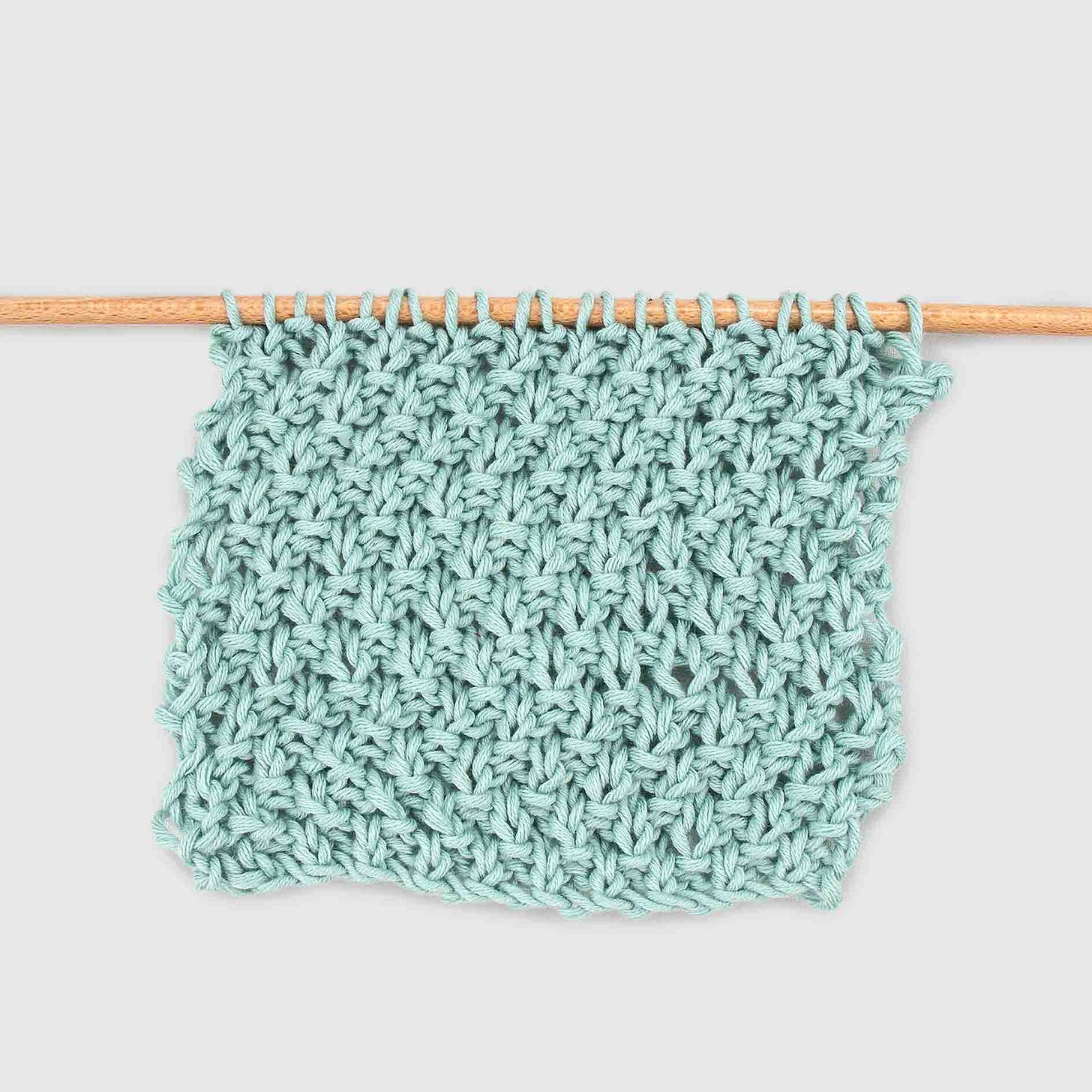
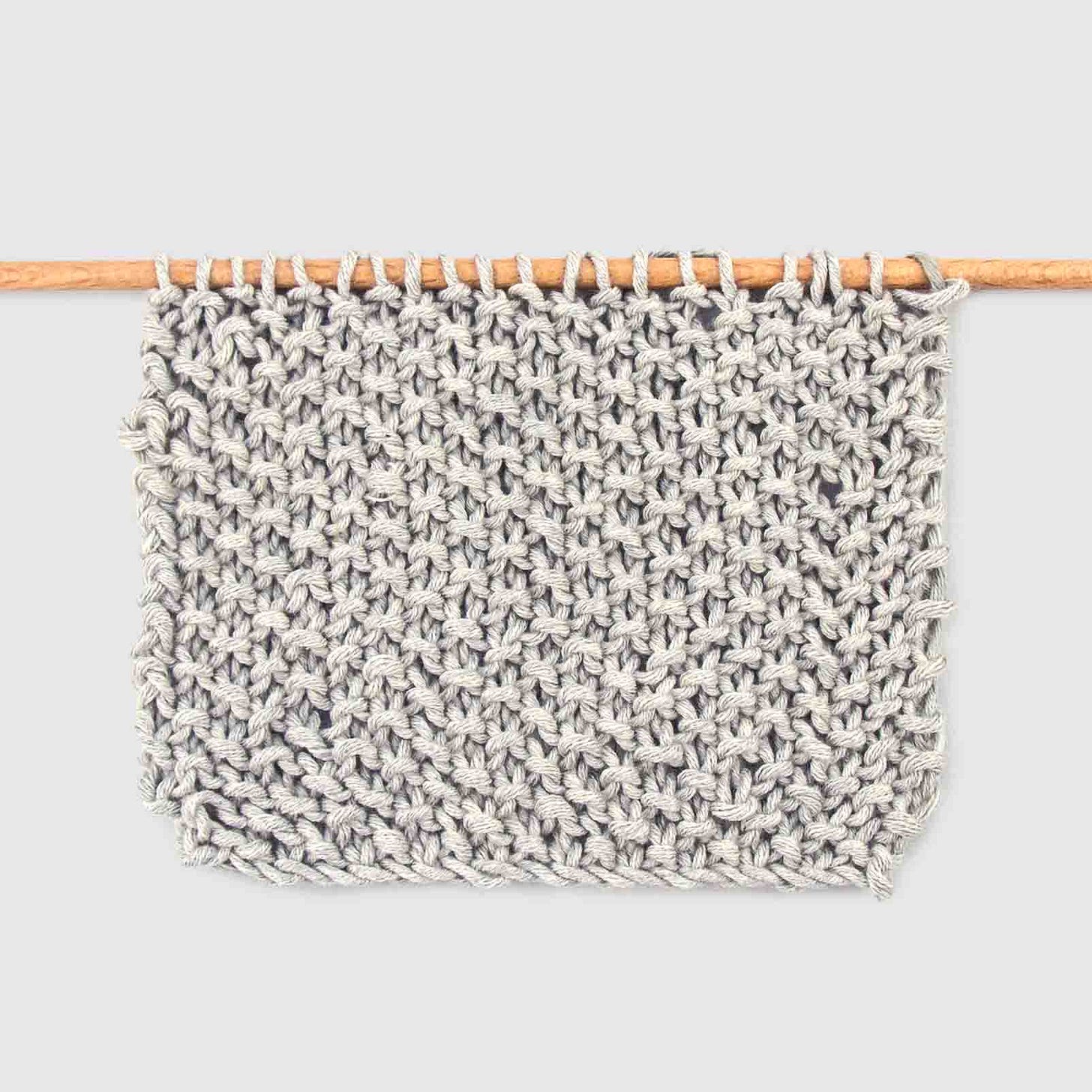
Machine knit can still mean handmade
It’s hard to hear the word “machine” and not jump straight to a particular kind of word association: Automated, fast, easier, computerized, and maybe even…cheating? But just because something was knit on a machine doesn’t mean it wasn’t handmade! Domestic machine knitting still requires quite a bit of human intervention, which this video of a RISD Textiles BFA does a great job of demonstrating:
Stitch patterns (again!!)
Even though not all hand knit stitches can be reproduced one-to-one on a knitting machine, Bailey Goldberg (beanie savant who I’ll talk about more later) told me that there’s almost always a way to produce something similar to handknit stitches on a machine…it just requires some finagling. The short (and very reductive!!) explanation: Domestic knitting machines are made up of latch hooks, one for each stitch in the fabric. The way a yarn loop is oriented on a hook dictates the type of stitch that will be created: A knit or a purl. Machine knitters can manually manipulate the orientation of a loop to change the stitch, and therefore the overall stitch pattern.
This is easy enough to do if you only have to change a few stitches, but doing this for an entire row with over 100 stitches? For several rows? Not as easy. Tedious, even! This kind of hand manipulation4 requires time and energy — so when you see something like a moss or seed stitch, remember that they took work!
Finishing and decorative stitches
Something else to keep in mind: A piece can be machine knit but finished or decorated by hand. Finishing usually involves something like seaming different pieces of a garment together, and decorating could look like using duplicate stitch to create a pattern on top of a piece of stockinette fabric. If you happen to follow Ella Emhoff, then you’ve definitely seen the latter in action!
I mean…are you kidding me??? This shit is mesmerizing!!!!
Now that I’ve gotten that little primer out of the way, we can move on to the fun part: Window shopping! I’ve divided the handmade knits into two categories: Handknits and machine knits.
Handknits
Story mfg.
They’re doing some truly wild shit over at Story mfg. Intarsia! Hand knits with crochet appliqués!
And, (maybe most impressive of all?) this entrelac sweater:
Degen (a really fabulous knitwear designer) released a similar entrelac knitting pattern, which I purchased and promptly got overwhelmed by…which is just to say: This is an advanced and time-consuming knitting technique!
Kartik Research
Kartik also offers handknit intarsia (maybe even duplicate stitched?) pieces, but I’m most blown away by their patchwork pieces.
This mixture of garter ribbing stitch patches and chevron seed stitch patches is really beautiful. (This particular piece is a little outside of my price zone, but I fully appreciate why it’s priced the way it is. It’s art!)
Chamula
To my mind, Chamula’s pieces have the most “handmade” feel to them — you can see the irregularities in the stitches in part because of the bulky weight yarn used to make them (the heavier the yarn, the bigger the stitch). I find this really charming! They really excel at fair isle pieces and they’re really not afraid of color, like you can see in this sweater I grabbed from No Man Walks Alone:
I was able to snag this sweater at a deep 55% discount…and it honestly felt like I was getting away with something criminal. Even though bulky weight yarns knit up faster (again, heavier weight yarns = bigger stitches), the patterns are intricate!
I’m especially fond of their shawl neck cardigans, in part because this type of knitting pattern is weirdly difficult to track down! It’s something I couldn’t easily make for myself.
Flamborough Marine
If you’re a menswear enthusiast, you’ve seen their work before:

No one can do a better job of evangelizing these sweaters than Rajiv Surendra, so I won’t even try (just watch this YouTube video!). My fiancée bought a copy of Knitting Ganseys: Techniques and Patterns for Traditional Sweaters a few years ago, and let’s just say we’ve got some more work to do before we’re able to knit one of these our own. This sweater has been on my wishlist for a long time; I’m just waiting for an appropriate milestone or accomplishment to justify purchasing one!
Machine knits
Rice Nine Ten
I’ve been admiring Rice Nine Ten from afar ever since I first saw their hand knit basketball-inspired sports jerseys.
Right now, though, they’ve got a collection of soccer-inspired jerseys made on a home knitting machine.
I’m not much for blokecore personally, but I’m really tickled by how crafty these embroidered numbers are!
Bailey Goldberg
When I knit for fun, I often knit with two strands: A wool strand and a laceweight mohair strand. The mohair gives the piece this gauzy soft halo finish by filling in all of the gaps between the stitches. It’s just sumptuous and I’ve never purchased something from a store or seller that mimics this…until I finally got my hands on one of Bailey’s beanies — brown with a custom pink ‘K.’
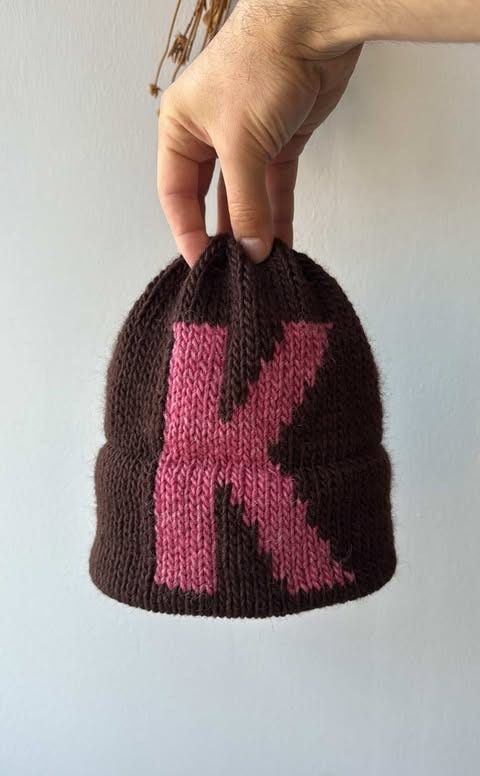
Bailey’s beanies also feature a design I haven’t really seen elsewhere but that I’m really drawn to: A sort of faux cuff vs. a brim that folds up. The problem with these beanies is that now that I have one, I just want another five more!
(And remember what I said about how machine knitting requires a lot of manual labor? Just watch this video of Bailey at work! 👇)
Bexhill Court
I bought two beanies from Bexhill Court and I wear them nonstop.
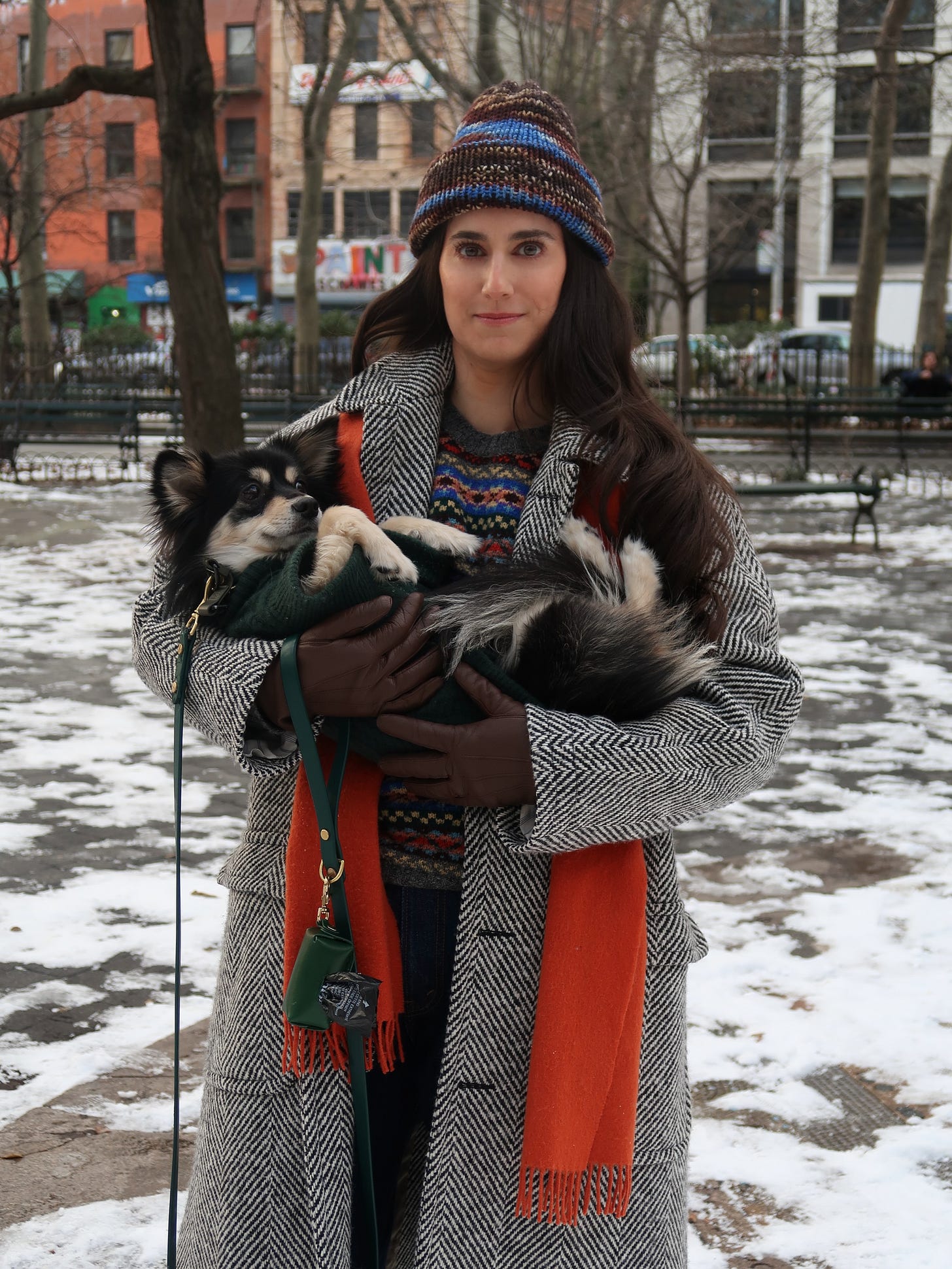
Pat does periodic drops, and holy hell do they go fast. Some of you are 456,346 in the digital queue for Beyoncé tickets, but I’m on the Bexhill Court website at 11:59 am EST praying that I’m God’s favorite today.
Inis Meáin
Certainly the most luxe of the bunch! My understanding is that they produce their pieces on machinery similar to that of other mass-manufacturers, but that they finish everything by hand. They make exceptionally beautiful Aran sweaters. (I’ve been drooling over this one for a long time now.)
These aren’t cheap (especially since these aren’t fully handknit) but I’d recommend keeping an eye out for end of season sales over at No Man Walks Alone. (I grabbed a linen moss stitch sweater from Inis Meáin via NMWA last year, which is perfect on cool summer nights.)
Writing this blog inspired me to just get my hands moving working again! I’m slowly getting back into a knitting groove by way of a stranded colorwork scarf. I’m using some yarn I already had, and am not putting too much thought into whether or not it’s the correct weight or if the color combination is perfect. Because it’s a scarf, I don’t have to worry about fit, and I’m actively fighting the instinct to perfect every little stitch. There are definitely some misshapen lumps where I’ve trapped floats, and some places where I didn’t catch the floats soon enough. Some of the pattern motif stitches are too small and others are too big (or did I just add in a colorful stitch where I shouldn’t have?). But I don’t care!!! I’m having fun again 🧶
Kiyana Knits is edited by Rachel Wilkerson Miller
I’m curious to hear from y’all, though! Do you have any favorite handmade knitwear makers that I should know about? Are you a knitter with thoughts on hand vs machine knitting? Let’s start yapping!
Pathological pursuit of perfectionism? 🤪
And yet, inexplicably, adding ten extra fingers and toes to anything even slightly resembling a human extremity
If you want a really in-depth explanation of the differences between handknitting and domestic machine knitting, Angelika’s Yarn Store has you covered.
To see what I’m describing in action, start watching this YouTube tutorial from 5:17 until about 8:17





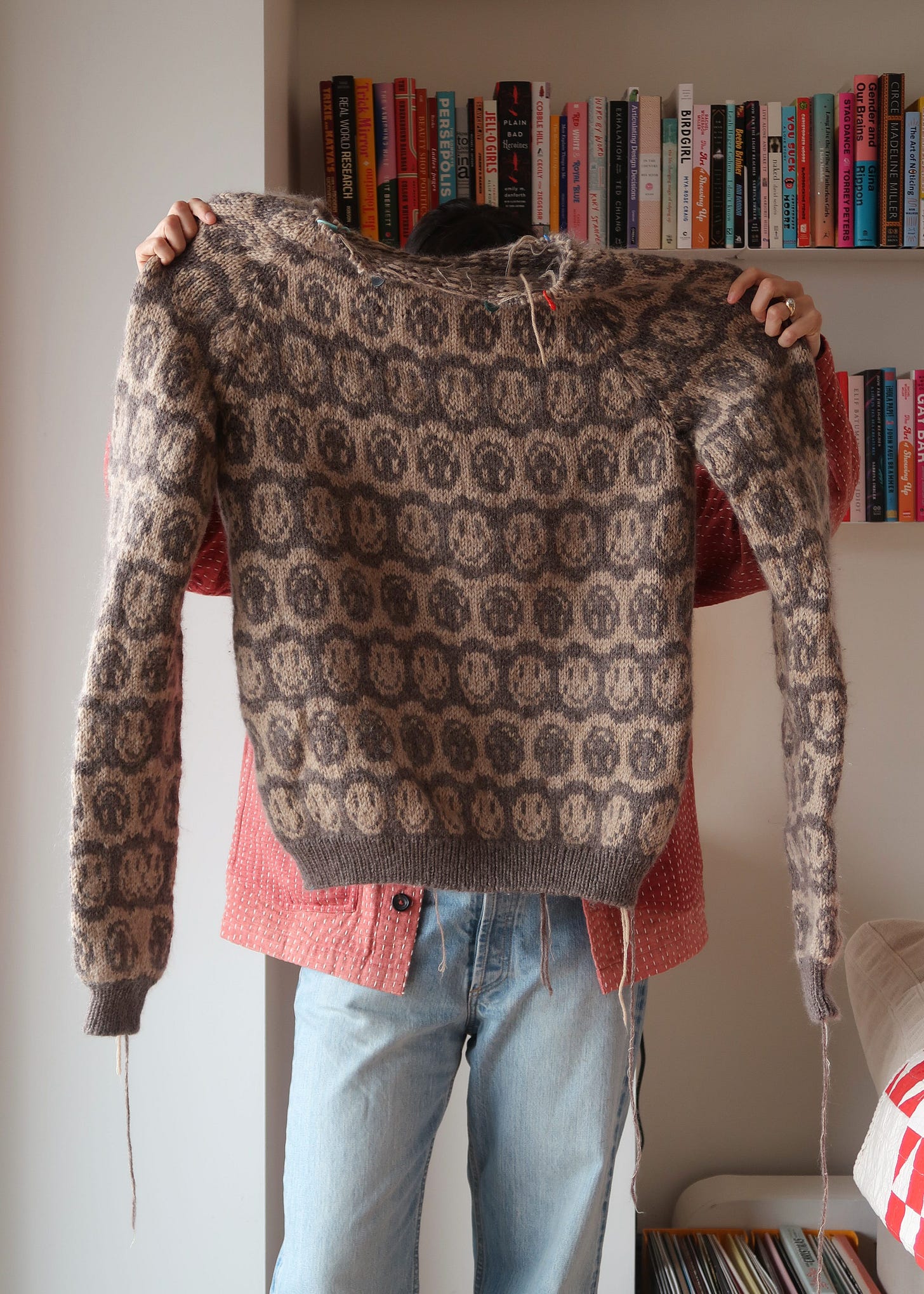
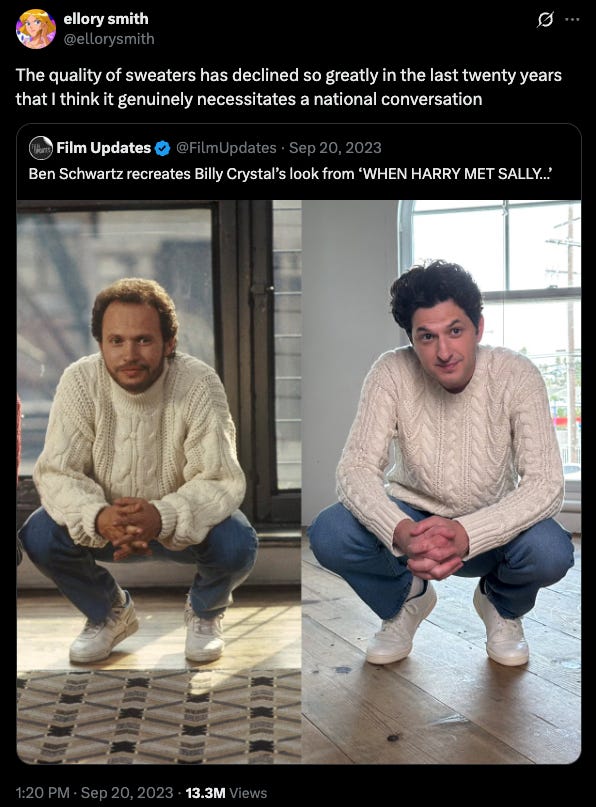
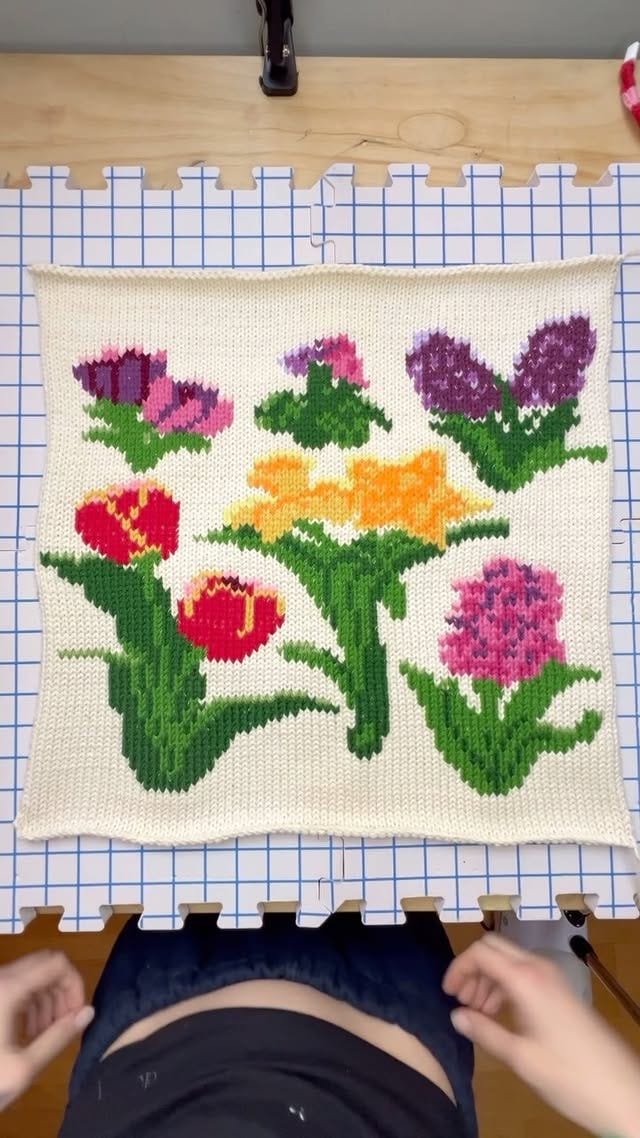





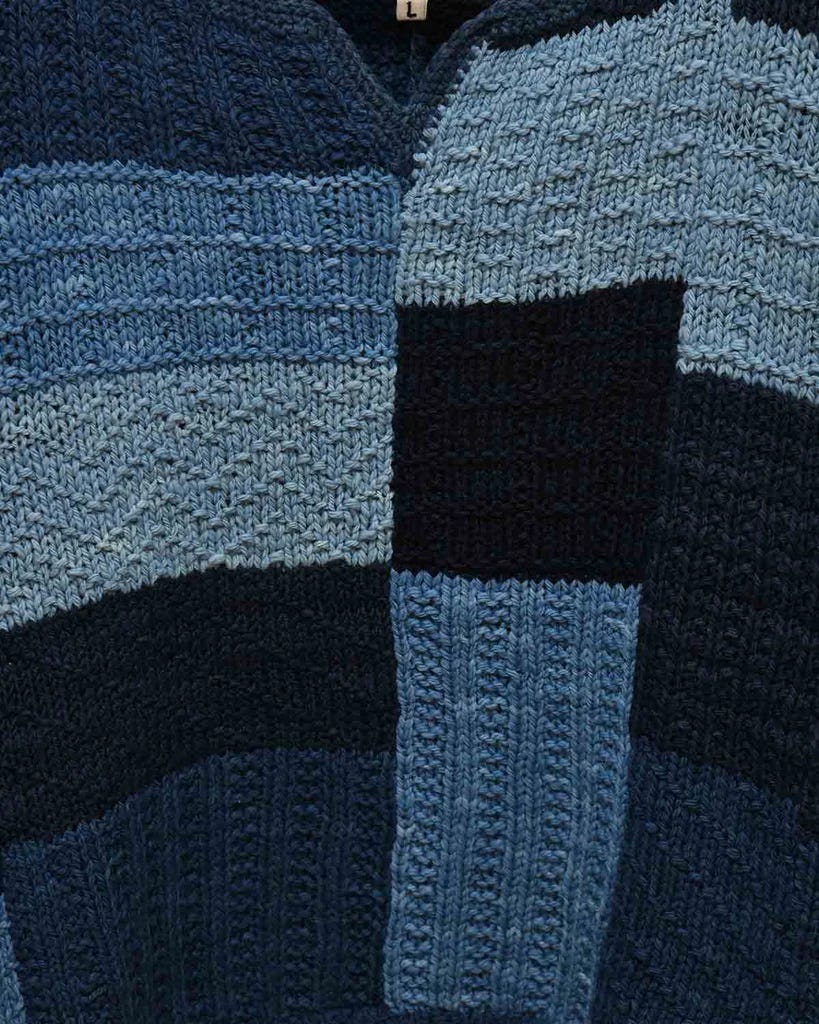


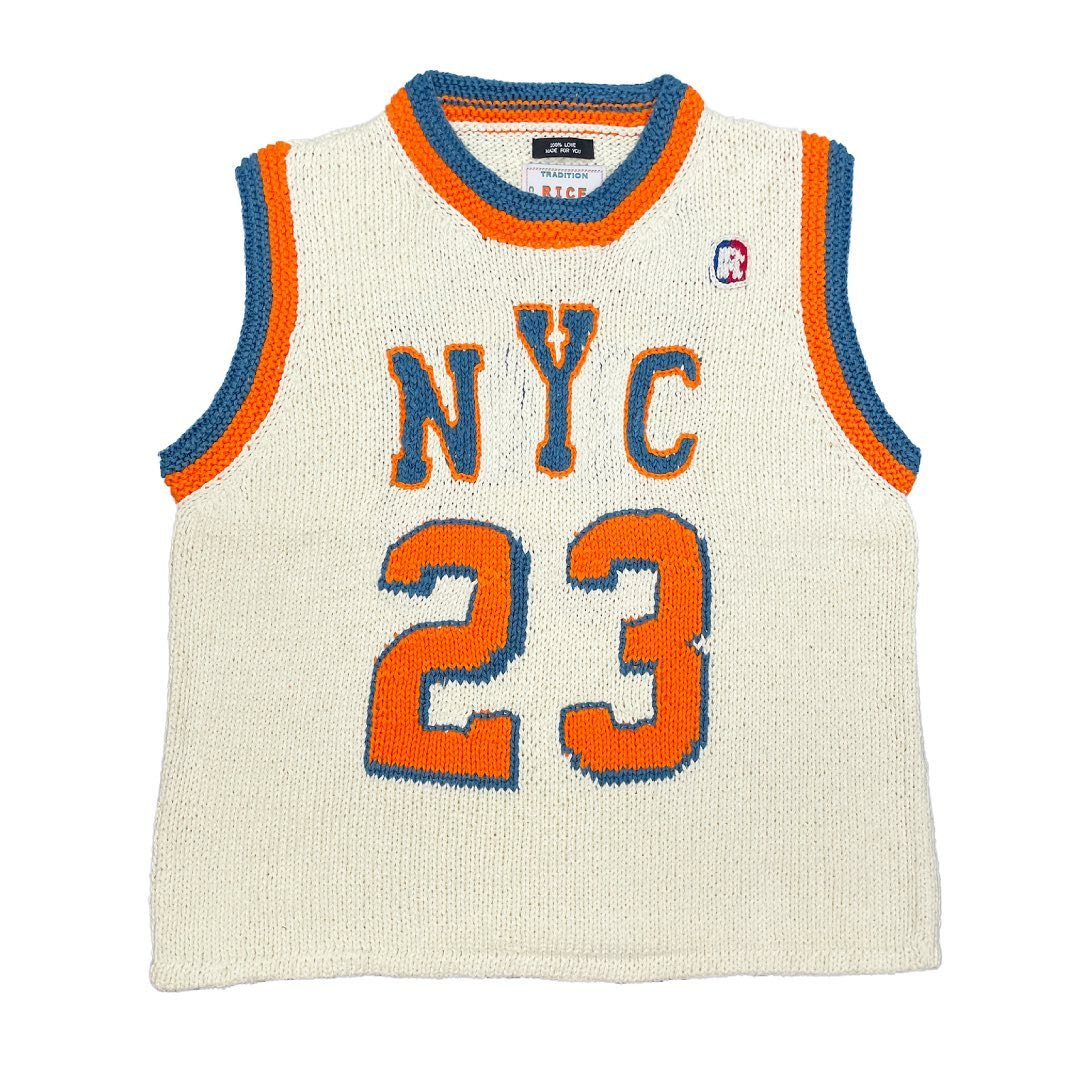
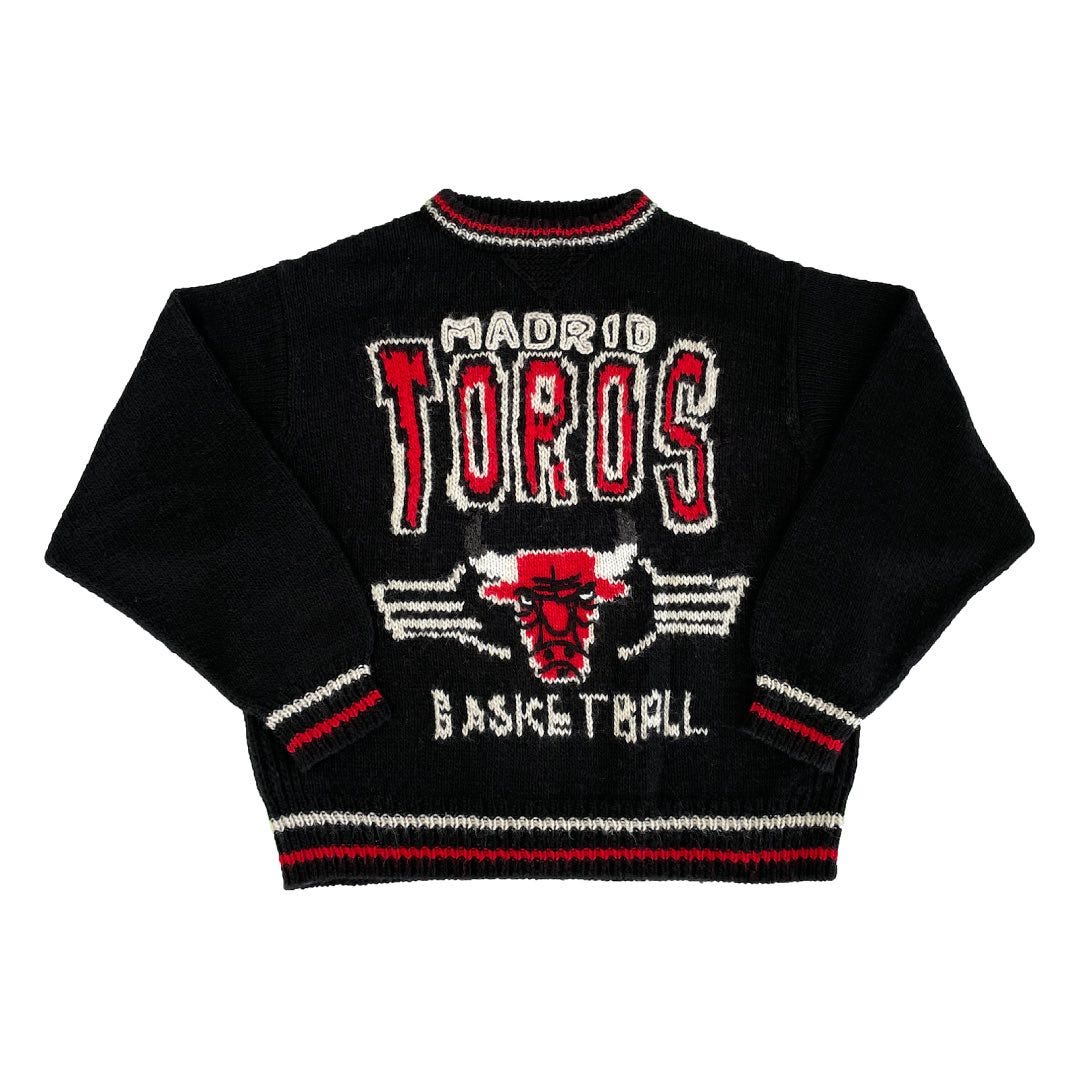

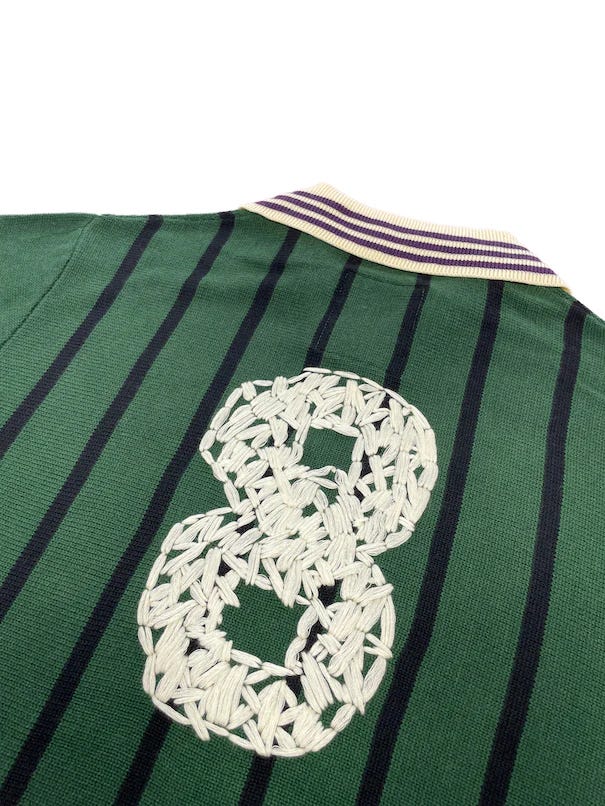

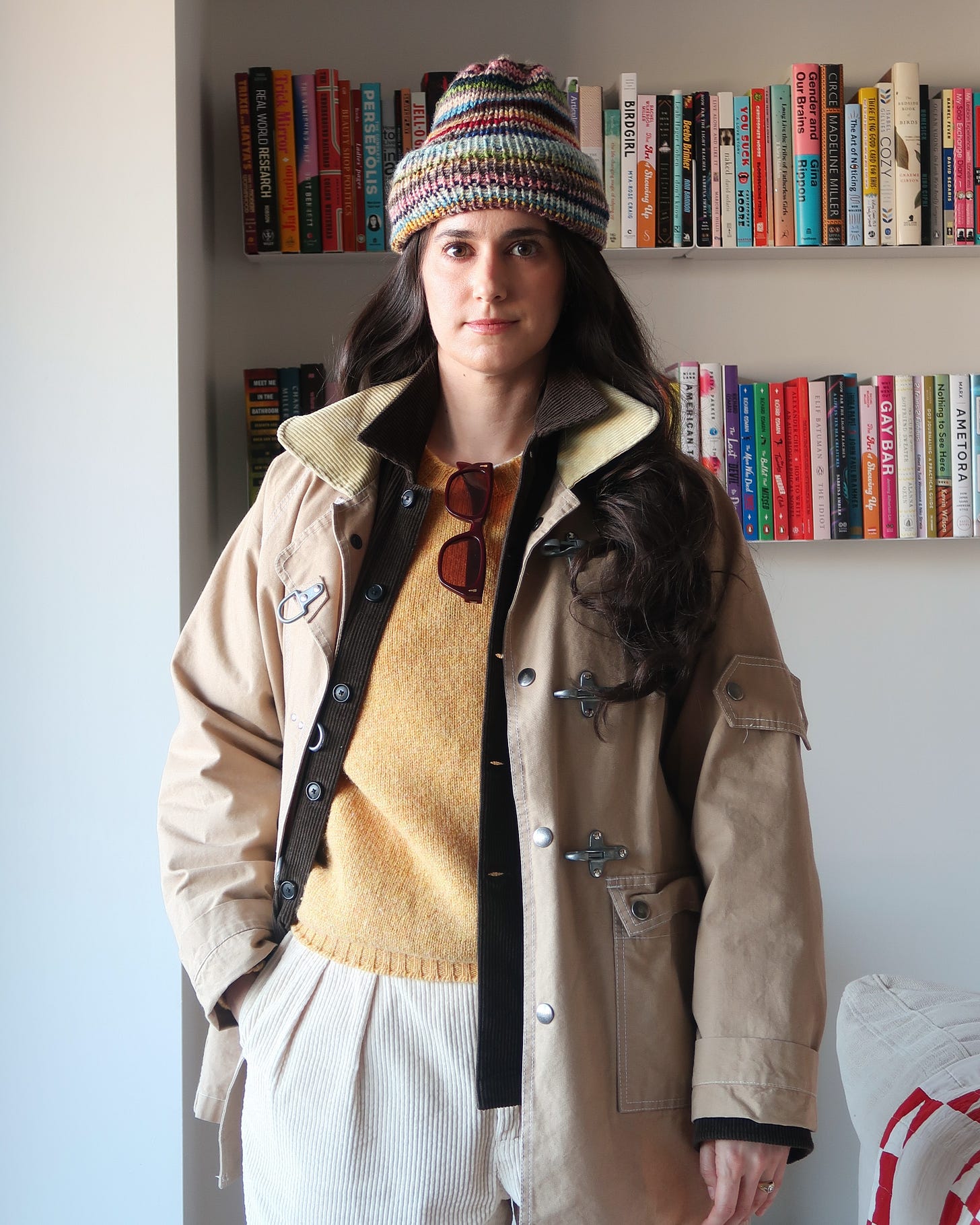
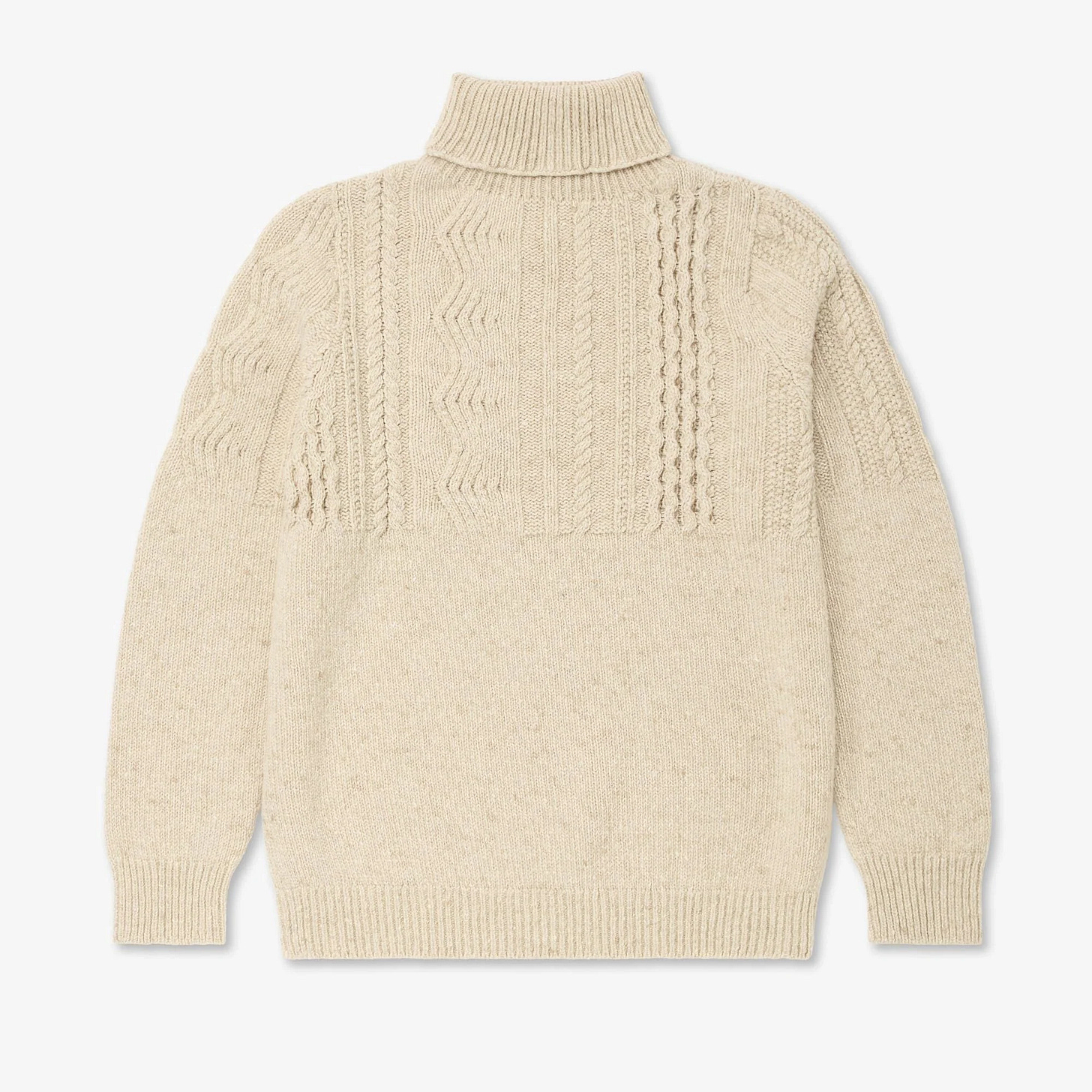
With the mood sweater, if you block the sleeves trying to pull the sleeves along stitch gauge (like increasing the circumference of the sleeve?) maybe it will lose length? Or you could just pick up a row where you’d want ribbing to start, cut off the extra and knit ribbing down… really want you to be able to wear this beauty! Did you figure out the yoke or not? Is it bottom up?